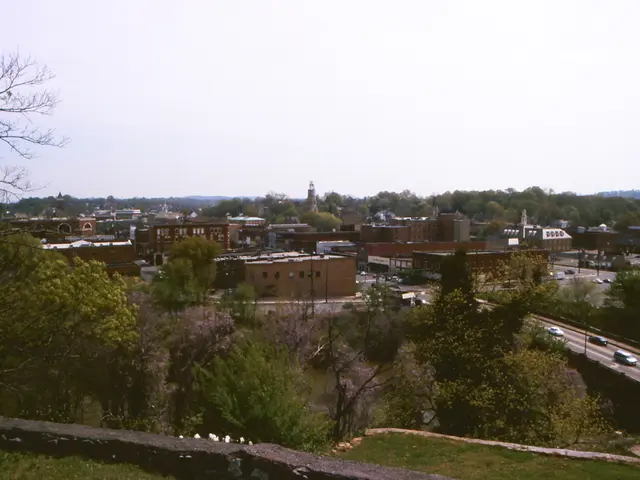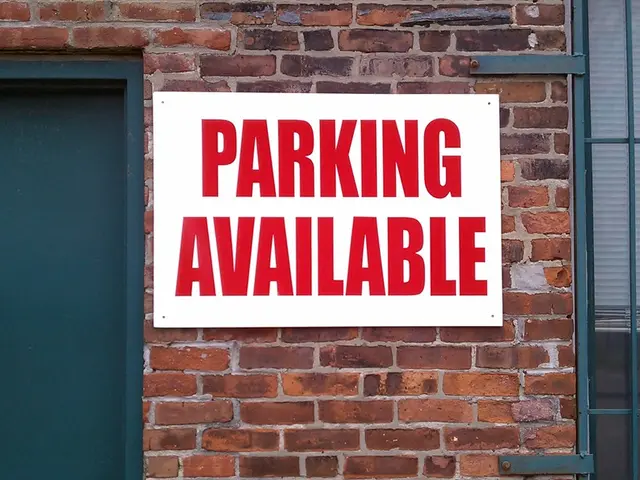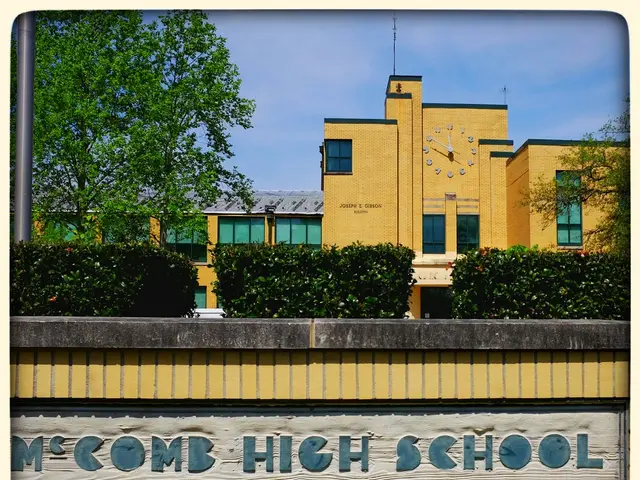Unbuilt Berlin: The A106 Highway's Complicated Past
After World War II, Berlin faced significant challenges in rebuilding its infrastructure. One of the most contentious plans was the proposed A106 highway, which aimed to connect major roads and ease traffic flow. However, the project was never fully realized due to changes in political landscape and public opinion.
The origins of the A106 can be traced back to the 1940s when architect Edmund Körner, then serving as city building director, presented an ambitious redevelopment plan. This plan envisioned large elevated highways, including the man city A106, crisscrossing the city. However, it largely overlooked the historic structures of Old Berlin, sparking controversy.
The Senate promoted the construction of the Berlin urban highway instead of prioritizing the rebuilding of war-damaged neighborhoods. The original plans for the A106 route went much further than the current urban highway, posing significant challenges for affected districts.
Architect Hans Scharoun also played a role in post-war city planning. His vision included large-scale highways and traffic intersections, further fueling the debate around the A106.
The planned route of the A106 was to run through Kreuzberg, with the highway intersecting with other major highways (A 103, A 102, A 100) at various points. This included the Tempelhofer Ufer junction, Oranienplatz junction, and Neukölln Sonnenallee. However, more than 40 percent of Kreuzberg's apartments were destroyed or uninhabitable after the war, making the district a target for large-scale traffic planning.
The construction of the Berlin Wall in 1961 ultimately delayed and halted the further construction of the city motorway through Kreuzberg. The political division of the city made it impossible to continue with the original plans for the A106.
The A106 highway, once a central part of post-war Berlin's infrastructure plans, remains unbuilt. The project's fate was sealed by a combination of political changes, public opinion, and the city's division. Today, Berlin's streetscape is a testament to the city's complex history and the evolution of its urban planning.
Read also:
- American teenagers taking up farming roles previously filled by immigrants, a concept revisited from 1965's labor market shift.
- Weekly affairs in the German Federal Parliament (Bundestag)
- Landslide claims seven lives, injures six individuals while they work to restore a water channel in the northern region of Pakistan
- Escalating conflict in Sudan has prompted the United Nations to announce a critical gender crisis, highlighting the disproportionate impact of the ongoing violence on women and girls.






